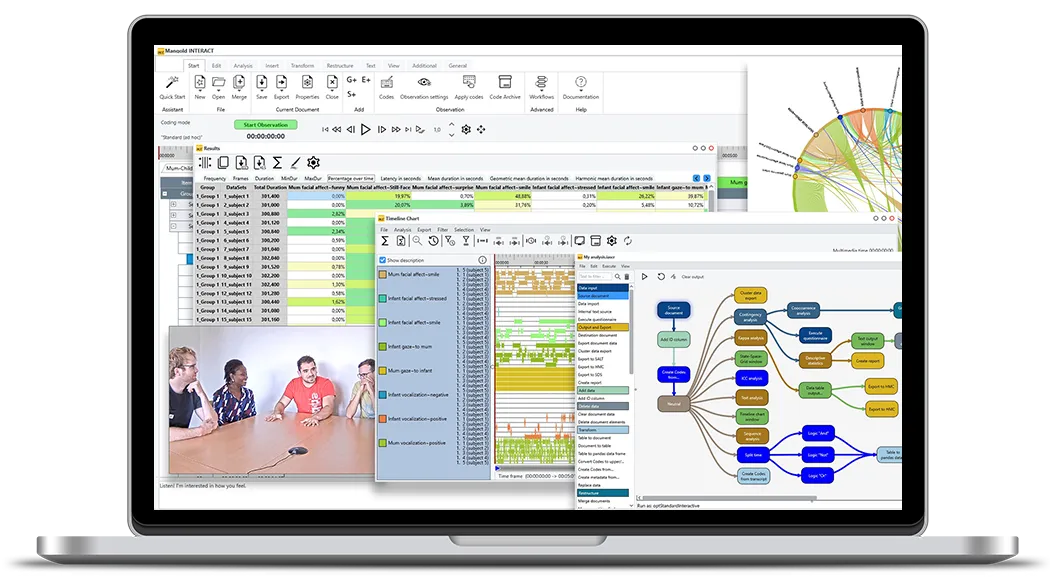Research · 6 min read
The Teacher is Disturbing - Studies of Teachers' Supportive Behavior
Research project by Prof. Dr. Jens Siemon exploring teacher-student interactions during open learning phases using Mangold INTERACT for synchronized multi-camera observation and analysis.

Studies of teachers’ supportive behavior during open learning. A project conducted by Professor Dr. Jens Siemon, University Hamburg, Germany.
The Project
Over the past few decades, the role of teachers has gradually evolved from a knowledge mediator to a guide for self-organized, learning students. Various studies show that the share of student-centered learning phases, during which the teacher supports the students in individual or group conversations, is between 40% and 80%, depending on the school type.
While the teacher-centered phases have been thoroughly researched, the open learning phases have hardly been studied in a real school environment yet. The main reason for that is that direct observations are affected by the presence of persons and cameras to an extent which makes it impossible to draw meaningful conclusions from them.
The Challenge
How can we observe the individual support situations between students and teachers in open learning phases in a way that minimizes the impact of the observation and how can we measure the effects of the teachers’ support?
Research Design
We observed 85 lessons at a wide variety of vocational schools with an average duration of 74 minutes. Depending on the classroom, between three and six HD cameras were positioned in the room so that every student could be observed from at least two different angles.
In addition, every student and teacher was equipped with a recording device, which was tied around their necks with a ribbon. The recordings were saved locally on the device at first and merged and synchronized in Mangold INTERACT later. A clapperboard was used before the lesson after starting all the recording devices so that all the audio and video signals shared a common synchronization point.
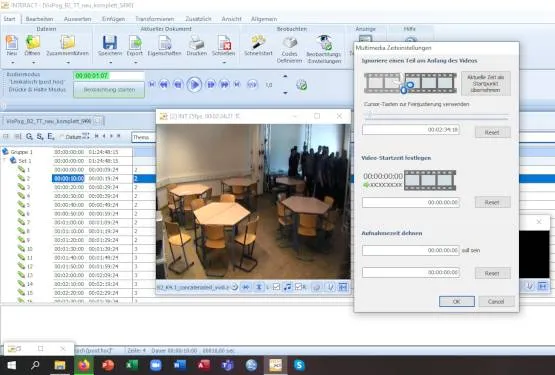
Instruments
Based on the theories about the use of learning time and teachers’ supportive behavior, three coding manuals were developed and tested in terms of reliability for this study.
Regarding the use of the learning time, only one characteristic was examined. This indicated whether the student was working on the given task, was dealing with organizational tasks, or not carrying out any relevant activities. In the latter case, it was differentiated whether the student was entitled to take a break because he or she had finished the learning task or if he or she was carrying out private activities during learning time.
After tests concerning the coding effort and inter-coder reliability, we decided to do a time sampling with units of 10 seconds. In total, 286,817 single observations of student behavior were coded this way. Because of the limited possibilities of interpretations by the coders, the inter-coder reliability (Kappa) was constantly above 0.9.
To register the teachers’ behavior, the entire event was described by means of event sampling in the first place. Data was collected on who initiated the supporting event and who received the support. Furthermore, the individual activities of each supporting event were documented. Amongst others, it was distinguished between explanations, controlling the learning behavior, motivating teacher behavior, dialogues at eye-level, explanations about the sense of the task, and diagnostical activities.
Because coded times and the interpretation of a teacher’s actions may vary, which caused a large scope of interpretation, a coder training was established. The coders had to pass a training and a corresponding test before being allowed to carry out real coding. Subsequently, the inter-coder reliability (Kappa) could be increased to more than 0.6 (satisfying). A total of 860 support activities with 4,973 partial activities were observed.
Results
Based on a cluster analysis (Ward), it can be differentiated between four different types of teachers. (Provisionally,) we could call them “content providers”, “student understanders”, “control freaks” and “reserved persons”.
With respect to the effects of the individual supportive actions, both positive and clearly negative effects on the student’s use of the learning time can be observed. It is of particular interest that none of the teacher types shows continuous positive or negative behavior.
Upon completion of the study, the results will most likely be used for teacher training.

Data Acquisition
In our opinion, the INTERACT software package is the most suitable tool for the described research design, starting with the special type of data recording, which is carried out in real-world schools and classrooms (no laboratory conditions).
The possibility to use subsequent synchronization and parallel sources, which can be switched on and off, for observation and coding (up to six HD-video and up to 30 audio tracks, never running all at the same time) has enabled us to implement this research design.
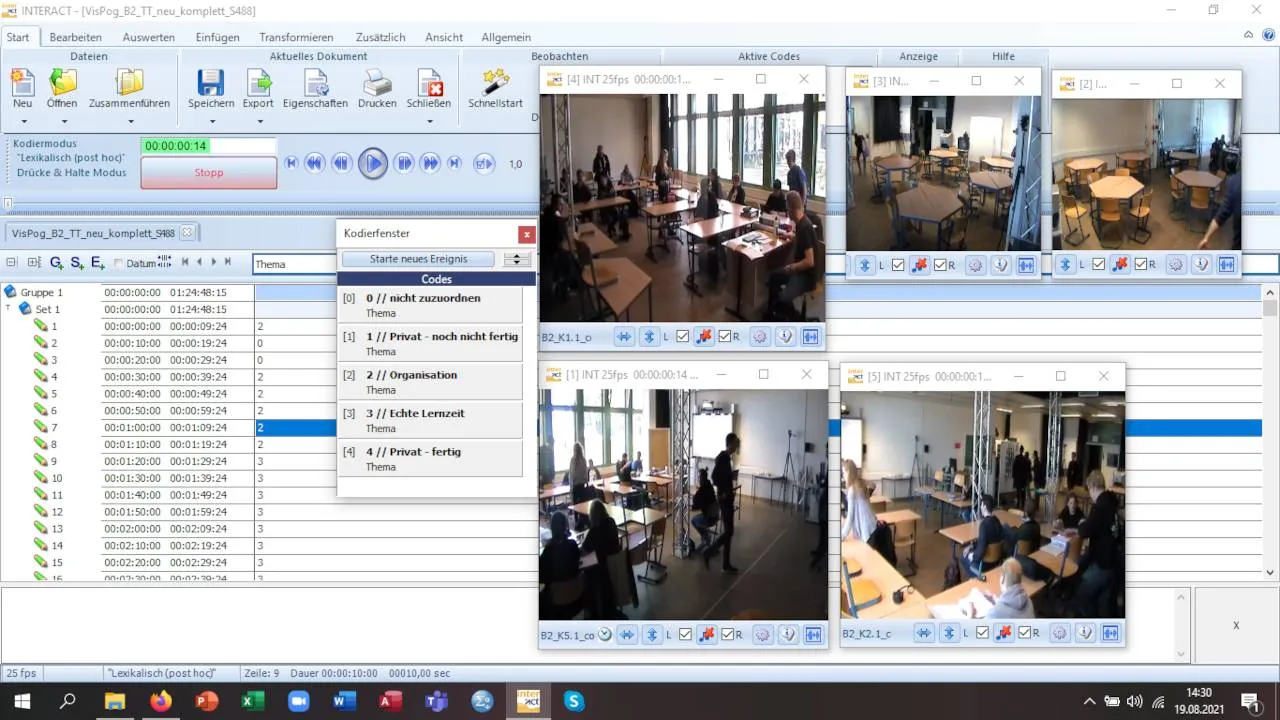
Development of coding manuals
Each of the coding manuals passed several iterations during its development. It was continuously tested which scopes for interpretation were given and which ones should be eliminated. The test of inter-coder reliability and visualization options for variations between codings of the same recording were of great assistance during that phase.
Coding
Many students, who were writing their bachelor and master thesis based on the observations of several lessons, specific comparisons, and descriptive evaluations, were involved in the coding of the data material.
The training in Mangold INTERACT was supported by a team of tutors and carried out flawlessly. The quality of the codings was assured by randomly comparing different codings of the same lesson. The aggregation of data was very well supported by the export functions of the software.
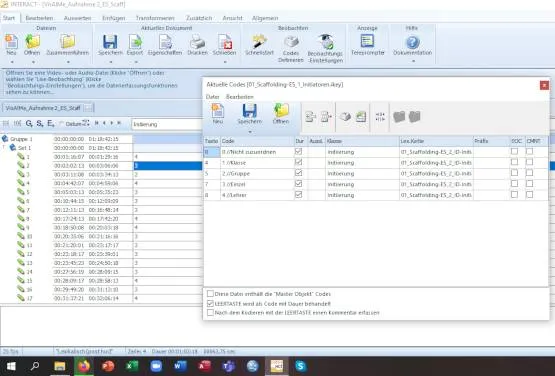
Analysis
Mangold INTERACT provides comprehensive evaluation features, which are available for diverse applications. It was easy to export all data sets and import them into a relational database for the summary analysis. From there, they can easily be processed further for statistical analysis, in our case with SPSS by IBM.
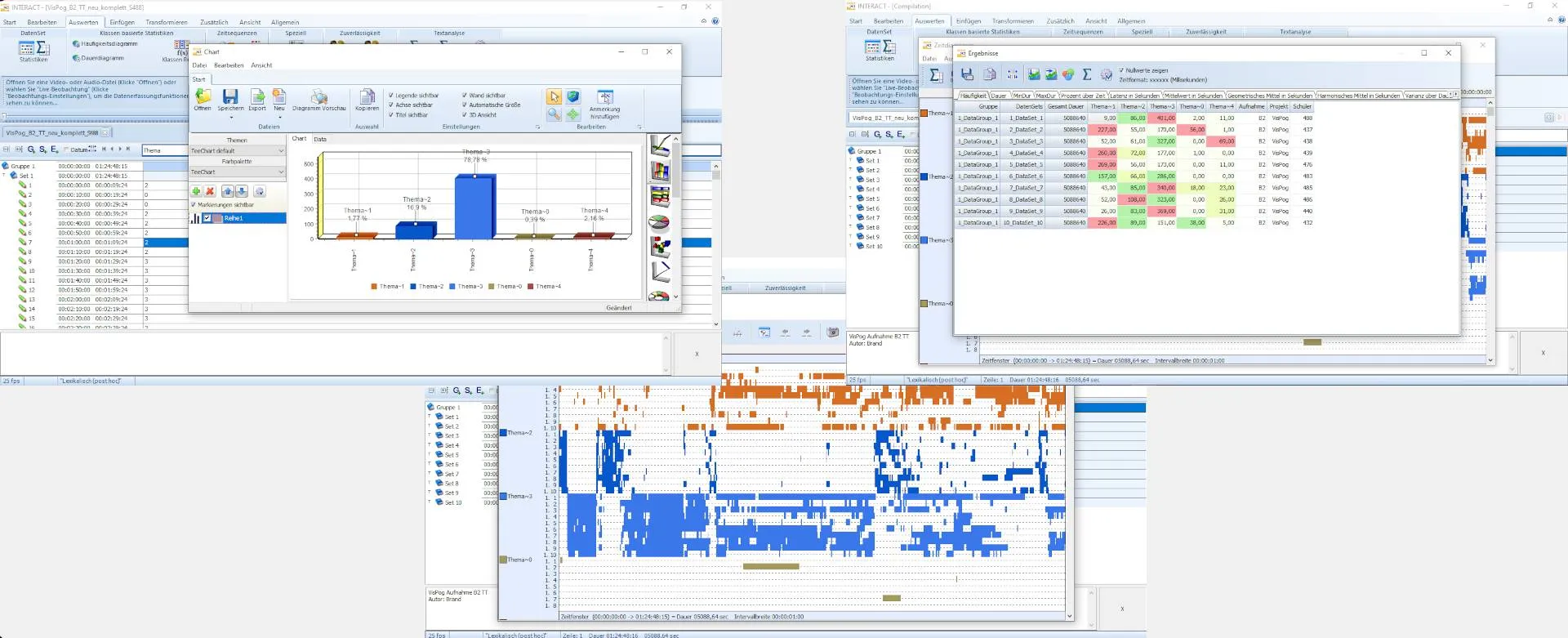
Support
We regularly ask ourselves whether it is possible to handle a specific research question or data compilation with the software. In these cases, we appreciate being able to get in touch with Mangold’s team which is always ready to provide us with advice or the right processes. Thanks to Mangold’s support, we have been able to solve several problems which otherwise could have affected our research. Particularly during the pandemic, Mangold ensured that we were able to continue working on our research, although the purchased licenses did not cover this. The flexibility and helpfulness Mangold provided in this situation were unique.
Personal Feedback
As a manager of a team of research assistants and students and as a supervisor of 20 - 30 master theses a year, Mangold INTERACT offers me incredible support. The software’s functions do not only meet my expectations during all phases of the research process but also exceed them frequently. Some new research questions and their answers have even been inspired by undiscovered functions and could be answered based on existing data. We are looking forward to publishing our research results soon and are expecting a great response from the scientific community, also because of the processes we were able to use thanks to Mangold INTERACT . I would use the software again at any time for future research projects.
Professor Dr. Jens Siemon, Universität Hamburg
Faculty of Education
Department of Professional Education and Lifelong Learning
Vocational and Business Education
Sedanstraße 19, 20146 Hamburg, Germany
Phone: +49 40 42838-3738
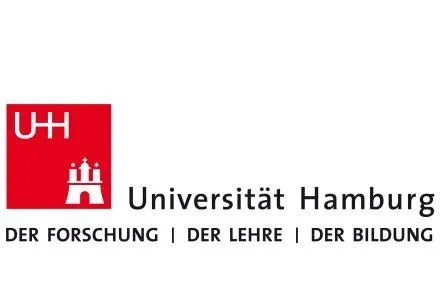
INTERACT: One Software for Your Entire Observational Research Workflow
From audio/video-based content-coding and transcription to analysis - INTERACT has you covered.
